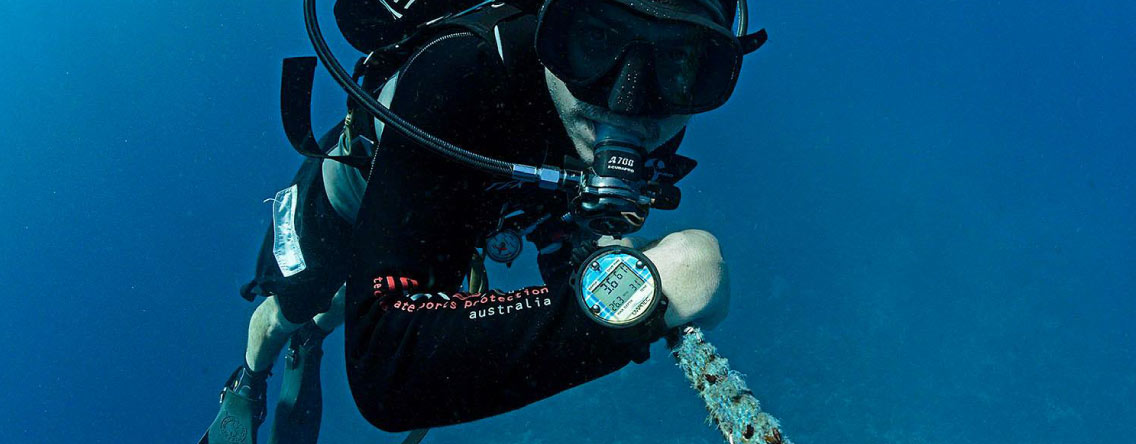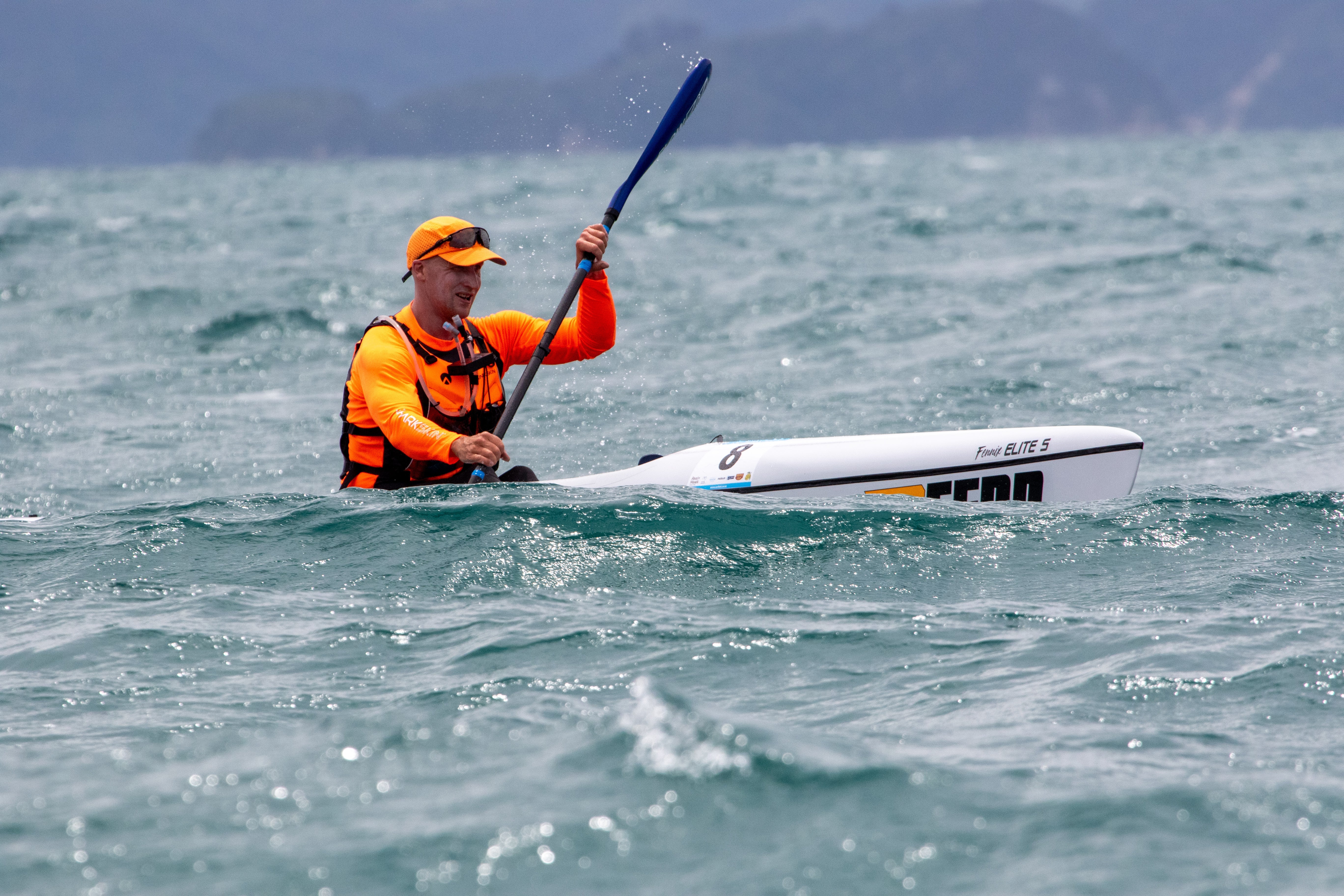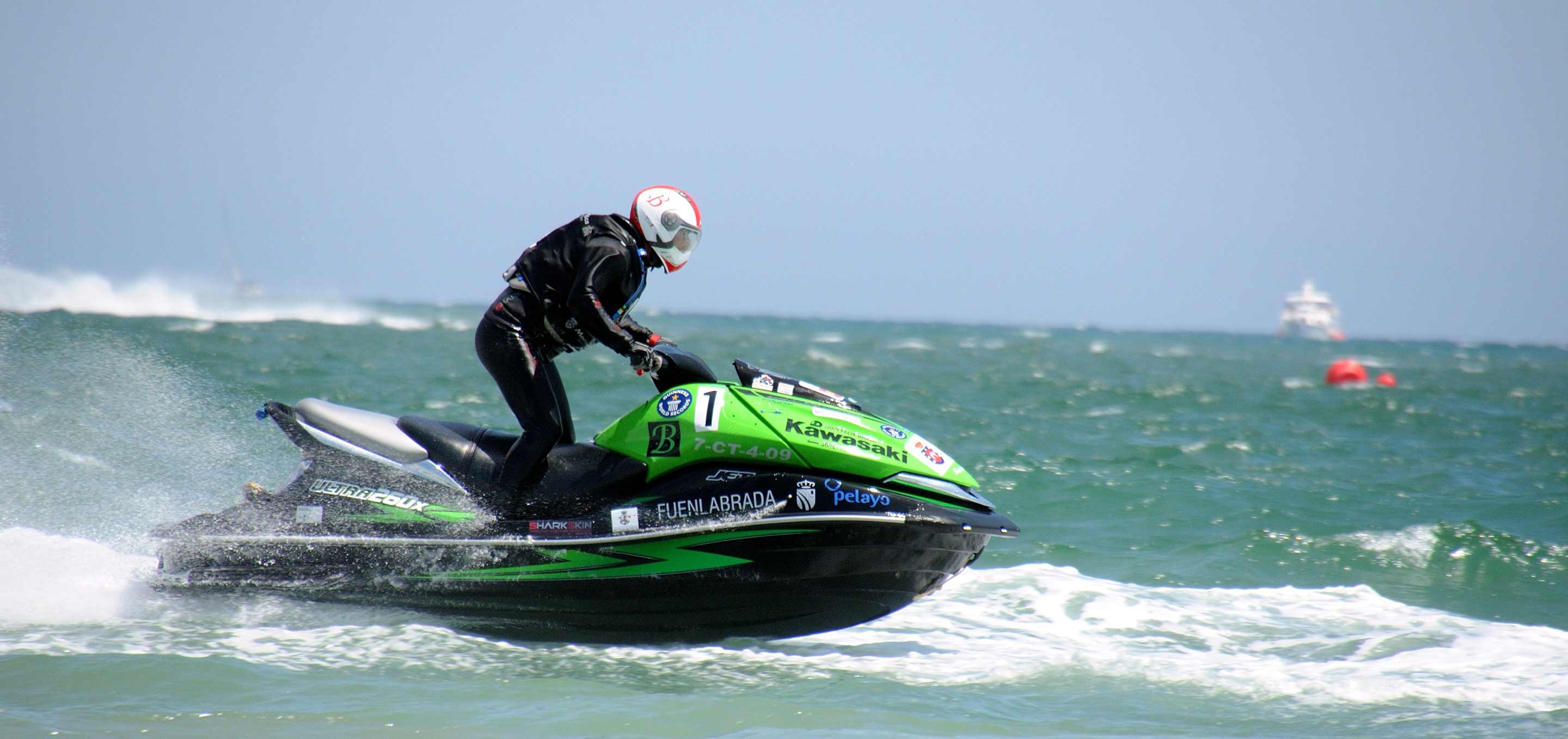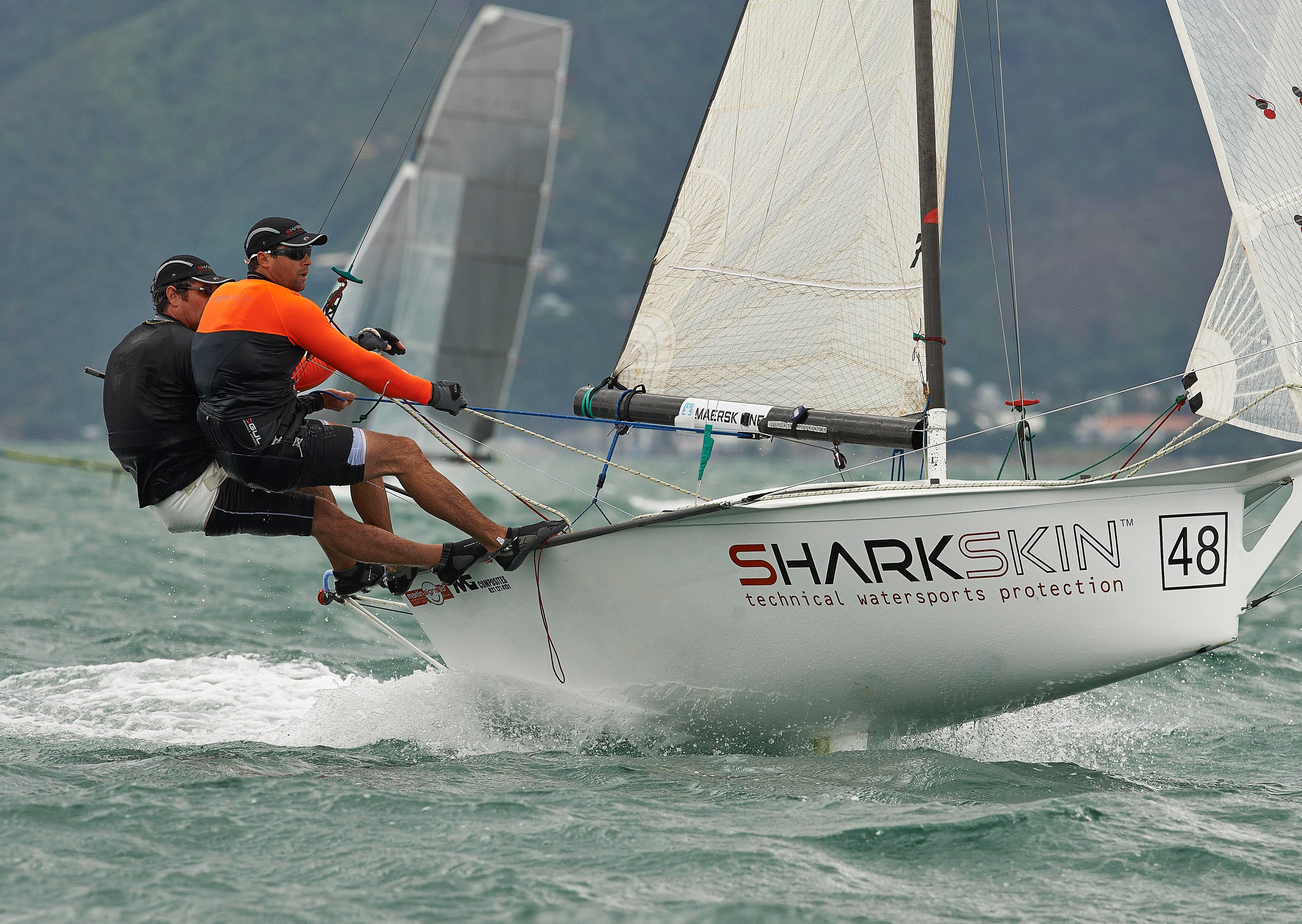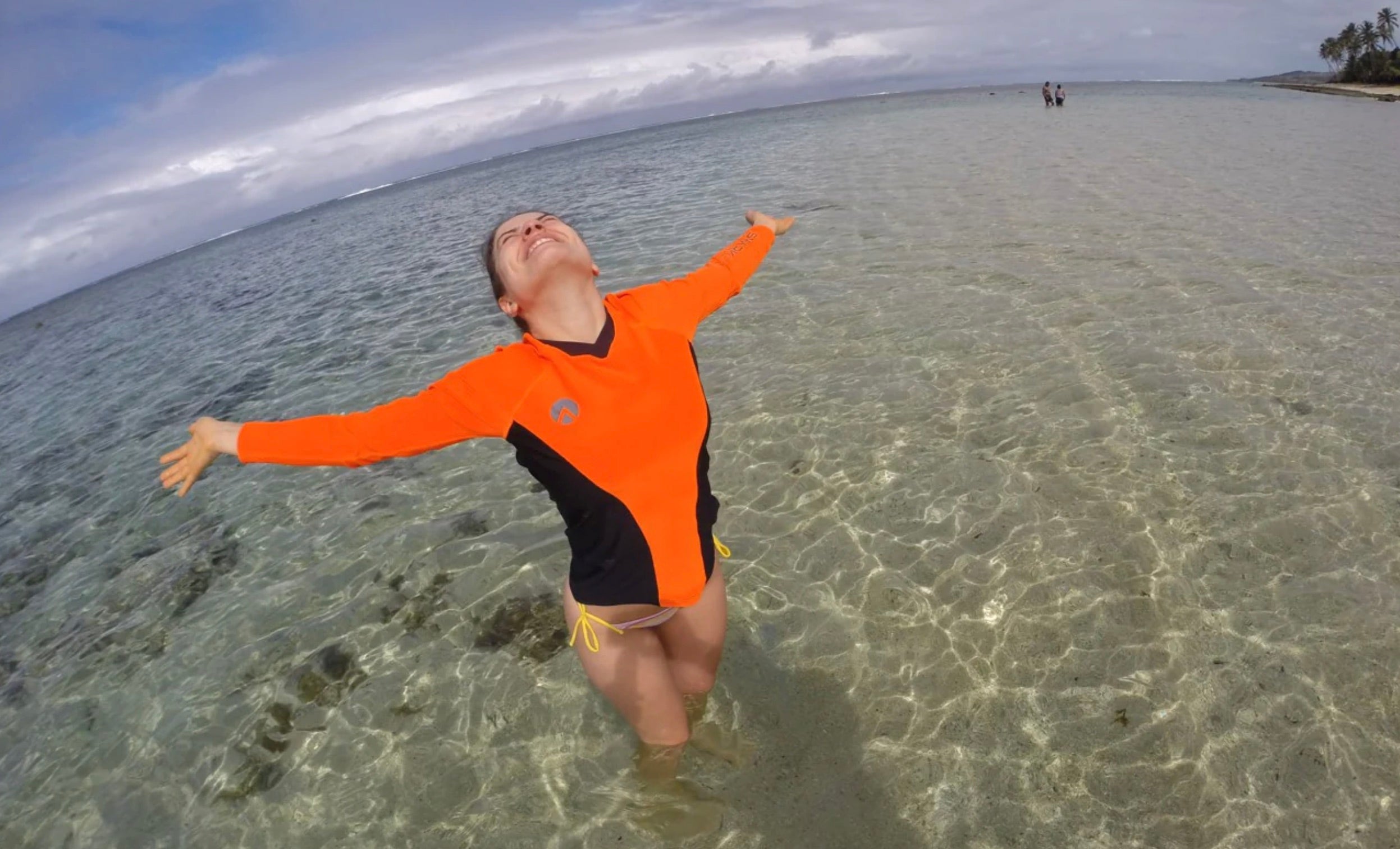How is Swimming in a Pool Different Than in the Ocean?
Swimming is a fantastic way to stay active, but pool swimming and open water swimming in the ocean are worlds apart. Each environment presents unique challenges and experiences for swimmers of all levels. While swimming pools offer a controlled, predictable setting, the open water is often unpredictable, influenced by natural elements such as waves, tides, and weather.
For anyone who loves the water, understanding these differences is essential. Whether you swim for fun, fitness, or competitive reasons, knowing what to expect can help you stay safe and improve your skills.
The Controlled Environment of Swimming Pools
Swimming pools are designed with consistency in mind. The water temperature in most indoor pools is carefully regulated, often between 26°C and 28°C. This makes it easier for swimmers to maintain body temperature without additional thermal protection. Lane lines keep swimmers in order, and lifeguards are always present to provide immediate assistance.
Pools have smooth surfaces, predictable depths, and no external factors like tides or marine life to worry about. This controlled environment allows pool swimmers to focus on technique, breathing, and pacing without distractions.
Open Water Swimming and Natural Challenges
In contrast, open water swimming in the ocean is influenced by nature. The water temperature can vary greatly, especially in colder regions where wetsuits are often essential to stay warm. Waves, currents, and tides introduce an element of unpredictability that demands strong awareness and skill.
Unlike pool swimming, open water swimming often involves navigating rough conditions. Swimmers must adapt their stroke and breathing patterns to cope with changing water surfaces and the presence of other elements such as wildlife or plants.
Water Temperature and Comfort Levels
Water temperature is one of the biggest differences between pool swimming and ocean swimming. While swimming pools offer a comfortable and consistent temperature, open water swimming often means plunging into colder water, which can affect breathing and stamina.
Wearing the right gear is crucial when tackling open water. A well-fitted wetsuit provides insulation and helps maintain buoyancy, making it easier to swim in cooler conditions. To learn more about how gear impacts safety and performance, you can read How the Right Gear Can Make a Difference.
Visibility and Navigation in Open Water
In a swimming pool, the clear water and marked lanes make it easy to maintain direction. Open water swimming is different. Ocean water can be murky, and the absence of lane lines means swimmers must constantly sight their course. This involves lifting the head periodically to check alignment with a distant landmark such as a buoy or the shoreline.
Poor visibility in the ocean can be disorienting, especially for less experienced swimmers. This makes practice and preparation vital before attempting longer swims in open water environments.
Wildlife, Waves, and Other Natural Elements
Open water swimmers must also be mindful of marine life and other environmental factors. While encounters with wildlife are rare, understanding the surroundings and knowing what to expect can improve safety. For more information, you can explore Respecting Nature While Riding the Waves.
Waves, wind, and strong currents can significantly affect swimming ability. Unlike a calm pool, open water is constantly moving, requiring swimmers to adjust their stroke rate and body position. These factors add to the challenge but also make ocean swimming a unique and rewarding experience.
Safety and Preparation Matter
Whether you are swimming in a pool or the ocean, safety should always come first. Pools are typically safer because they are supervised and controlled, but open water requires more preparation and knowledge. Swimmers must assess weather conditions, water currents, and their own ability before heading out.
Wearing protective gear, such as a wetsuit, can provide warmth and help with buoyancy in challenging conditions. Learning about ocean currents and safety tips, as covered in Safety Tips for Water Sports, can also make a huge difference.
Why Gear Matters for Both Pool and Open Water Swimming
Even in a pool, having the right gear can enhance performance and comfort. Goggles, swim caps, and streamlined swimsuits all contribute to better efficiency. In open water, the importance of gear is amplified due to exposure to cold water, UV rays, and unpredictable elements.
The right wetsuit not only keeps you warm but also provides a layer of protection against abrasions and marine elements. Sharkskin™ offers a range of advanced water sports apparel designed to handle both pool and open water conditions. With innovative fabric technologies and superior design, these products keep you comfortable, protected, and ready to tackle any swim.
Learn more here about Saltwater vs Freshwater Water Sports
Why Choose Sharkskin™ for Your Swimming Needs?
If you are looking for quality gear that enhances your swimming experience, Sharkskin™ products are worth considering. Designed with performance and protection in mind, Sharkskin™ apparel helps swimmers stay warm and safe while maintaining flexibility. Whether you are swimming in a heated pool or braving colder ocean waters, Sharkskin™ has gear tailored to meet your needs.
Discover the full range of high-quality water sports gear at Sharkskin™. From wetsuits to thermal layers, every product is built to withstand challenging conditions, ensuring that every swim is safe and enjoyable.




